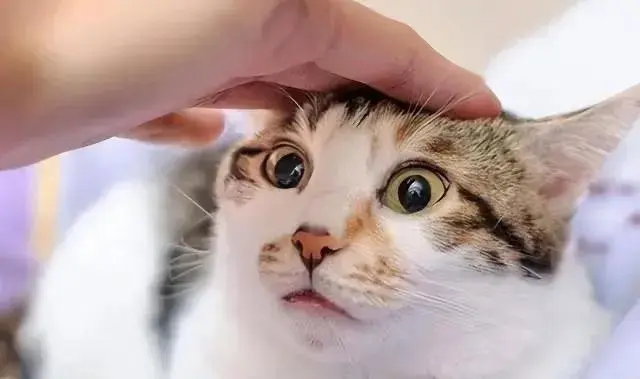Many cat owners dream of having a cuddly, affectionate cat that follows them around the house and enjoys their company. While some cats are naturally affectionate, others may take a bit more work to become the “clingy” companions we desire. In this article, we will explore effective strategies to encourage your cat to become more affectionate and attached.

Understanding Cat Behavior and Affection
Why Some Cats Are More Affectionate Than Others
Not all cats are created equal when it comes to affection. Factors such as breed, upbringing, and individual personality play significant roles in determining how cuddly your cat will be. Understanding these factors can help you tailor your approach to bonding with your feline friend.
- Cat Breeds and Their Affection Levels
Some breeds, such as Ragdolls and Siamese, are known for their affectionate nature, while others may be more independent. Knowing your cat’s breed can help set expectations for their behavior. - Early Socialization
Kittens that are handled and socialized early tend to grow up to be more affectionate. If you adopted an adult cat, their previous experiences can affect their ability to bond.
Creating a Comfortable Environment
Establishing a Safe Space for Your Cat
Creating a comfortable and safe environment is essential for fostering affection in your cat. Here are some tips to achieve this:
- Choose the Right Location
Cats love cozy spots. Ensure your home has soft bedding, cat trees, and hideaways where they can feel secure. - Minimize Stressful Situations
Loud noises, sudden movements, and chaotic environments can stress your cat. Reducing these triggers will help your cat feel more at ease.
Building Trust with Your Cat
Establishing a Strong Bond
Building trust is crucial in transforming your cat into a more affectionate companion. Here’s how to strengthen your bond:
- Spend Quality Time Together
Dedicate time each day to interact with your cat. Play, grooming, and simply sitting together can strengthen your connection. - Respect Their Boundaries
Every cat has its comfort zone. Pay attention to your cat’s body language and respect their space. Gradually work to encourage closeness without overwhelming them.
Encouraging Affectionate Behavior
Strategies to Promote Cuddling and Closeness
Here are several strategies to encourage your cat to be more affectionate:
- Positive Reinforcement
Reward your cat with treats or praise when they display affectionate behaviors, such as sitting close to you or allowing you to pet them. - Interactive Playtime
Engage in interactive play with toys like feather wands or laser pointers. This not only strengthens your bond but also stimulates their mind and body. - Gentle Petting Techniques
Discover your cat’s favorite spots for petting. Many cats enjoy being stroked on the cheeks, under the chin, or along the back. Avoid sensitive areas unless your cat shows they are comfortable. - Create Routines
Cats thrive on routines. Regular feeding times, play sessions, and cuddling periods can help your cat feel secure and loved.
The Power of Treats
Using Food to Build Affection
Food can be a great motivator for bonding with your cat. Here’s how to use treats effectively:
- Treats for Affection
Use treats to reward your cat when they come to you for affection. Over time, they’ll associate your presence with positive experiences. - Puzzle Feeders
Puzzle feeders can engage your cat mentally while providing treats. This interaction encourages them to seek you out during playtime.
Addressing Behavioral Issues
Dealing with Fear or Anxiety
If your cat is fearful or anxious, it can be challenging to encourage affection. Here are some tips to help:
- Gradual Exposure
Gradually introduce your cat to new environments and situations to reduce anxiety. Take small steps and reward them for positive behavior. - Consult a Professional
If your cat exhibits signs of severe anxiety or fear, consider consulting a veterinarian or a cat behaviorist for personalized advice.
Creating a Loving Atmosphere
Fostering a Positive Environment
Creating a loving atmosphere in your home will help your cat feel more secure. Here are some suggestions:
- Limit Changes
Cats are creatures of habit. Try to limit significant changes in your home environment to reduce stress. - Engage in Gentle Play
Gentle play with toys can create positive interactions that encourage affection. Avoid rough play that may frighten your cat.
Conclusion
Transforming your cat into a cuddly companion requires patience, understanding, and consistent effort. By creating a safe environment, building trust, encouraging affectionate behavior, and fostering a loving atmosphere, you can help your cat become the affectionate friend you desire. Remember, every cat is unique, so adjust your approach based on your cat’s individual personality and comfort level.

Comments (0)